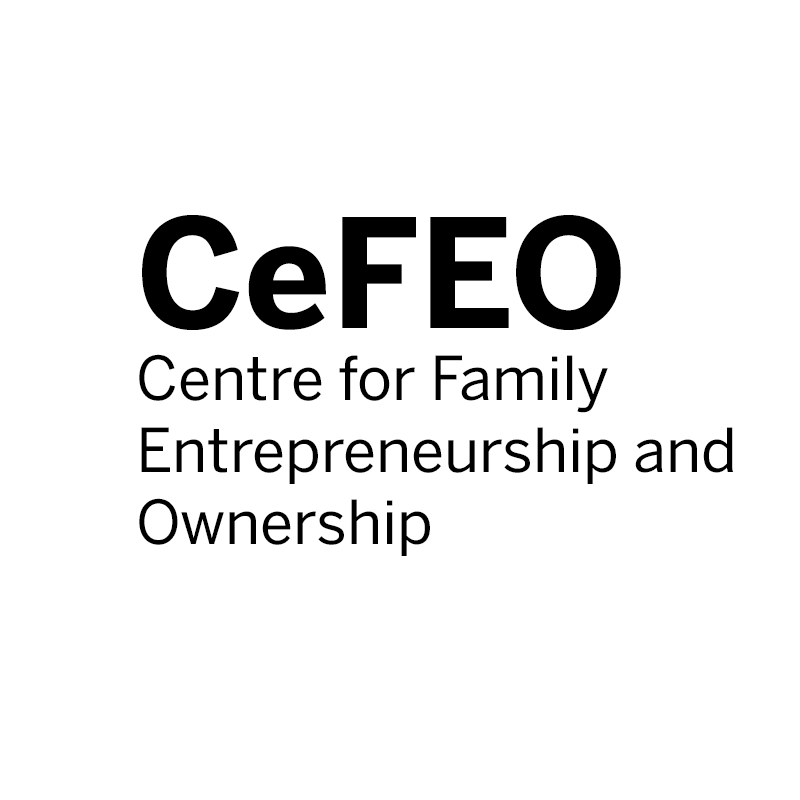16 years of academic excellence and practical relevance in Family Entrepreneurship and Ownership.
Roots to create: Next Generation External Venturing Practices in Family Owned Businesses

Many daughters and sons are born and raised in a family business, and in the process, they develop entrepreneurial ideas to start an independent venture or improve the original family business.
Research has so far studied how next generation family members develop their careers in the family business. For instance, next generation members develop ideas that culminate in creating a new venture and expanding the family business portfolio. But what if the next generation starts ventures that might not be linked to the existing family business?
Research has not investigated the ways in which these daughters and sons opt for external venturing; that is, research has not examined how these daughters and sons launch a new venture outside the existing family business. When they do this, they pursue their own ideas, rely on their experience working at the family business, and employ varied family and non-family capital sources.
In our recent work, we examined two Mexican family businesses, where the next generation launched ten ventures each. We found that next generation family members engage in external venturing with five practices:
(1) by first obtaining family approval of their initial venture idea,
(2) by bypassing the family -- if needed-- to move ahead with their ideas,
(3) by copying what the family had originally done in the family business to develop their new venture,
(4) by imitating entrepreneurial actions of older family members only to develop and introduce new ideas, and lastly
(5) by creating a venturing space separate from the existing family business.
While these five practices are different enough, they can also be seen and used in interconnected ways. This means that the practices are not exclusive ‘options’ or ‘choices’; instead, the next generation family members combine these five practices in three routes to create their external venturing process in order to:
- imitate the existing family owned business model,
- surpass elements of the family owned business in their new venture model, and
- do things differently than what the original family owned business did.
The combination of the five practices in the three routes identified above illustrates the interconnectedness but also the autonomy of the next generation individuals from their family’s businesses when they create their own new ventures. What is most important, the next generation external venturing process is influenced by different family/business situations and professional circumstances, which result in a combination of practices that form a specific external venturing route for an individual. Thus, these practices and routes should not be seen as the only possibilities. Instead, daughters and sons create their own practices and routes according to their surrounding contexts.
If you are out there trying to change your existing family business, consider that a new external venture can give you space to try out some of your new ideas. A new external venture gives the possibility of indirectly or directly influencing the existing family business. The new venture can very well become a supplier or customer of the existing family business!
By Marcela Ramírez‐Pasillas, Hans Lundberg and Mattias Nordqvist
About the authors

Marcela Ramírez-Pasillas is an Assistant Professor on Entrepreneurship and Sustainability at Jönköping International Business School (JIBS) in Jönköping University, Sweden. She is affiliated to the Center of Family Entrepreneurship and Ownership (CeFEO).

Hans Lundberg is an Assistant Professor in the Department of Organization and Entrepreneurship at the School of Business and Economics at Linnaeus University in Sweden and Associate Professor at the School of Social Entrepreneurship and Innovation at the Universidad Iberoamericana (EDESI) in Mexico City, in Mexico.

Mattias Nordqvist is Professor of Entrepreneurship at the House of Innovation, Stockholm School of Economics, and affiliated Professor at the Center for Family Entrepreneurship and Ownership, Jönköping International Business School, Jönköping University, Sweden.
Detta är en bloggtext. Det är skribenten som står för åsikterna som förs fram i texten, inte Jönköping University.





